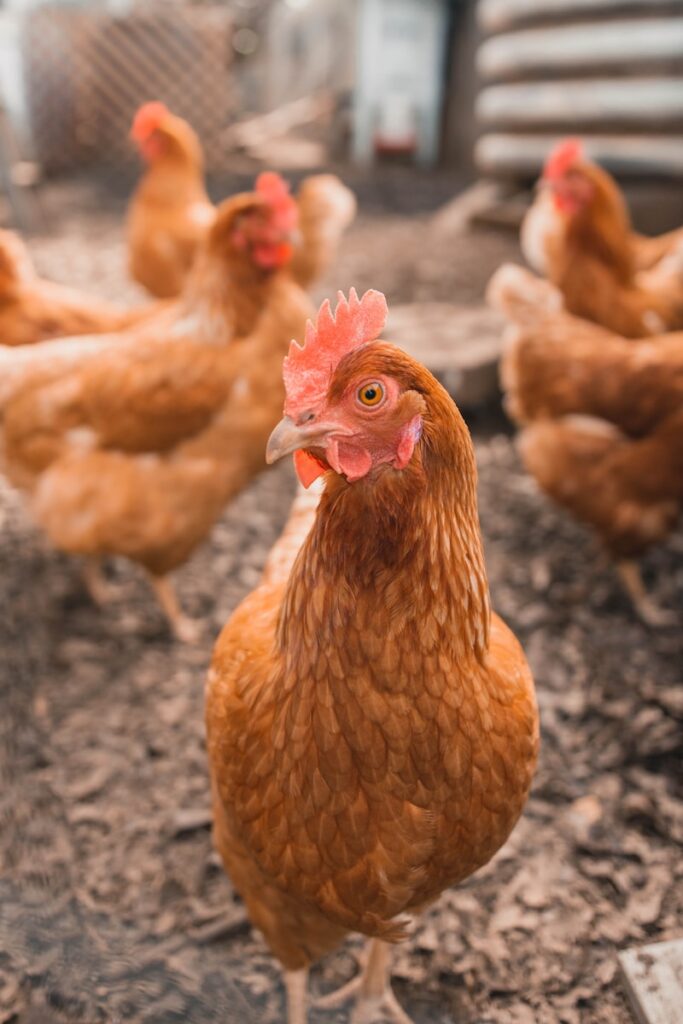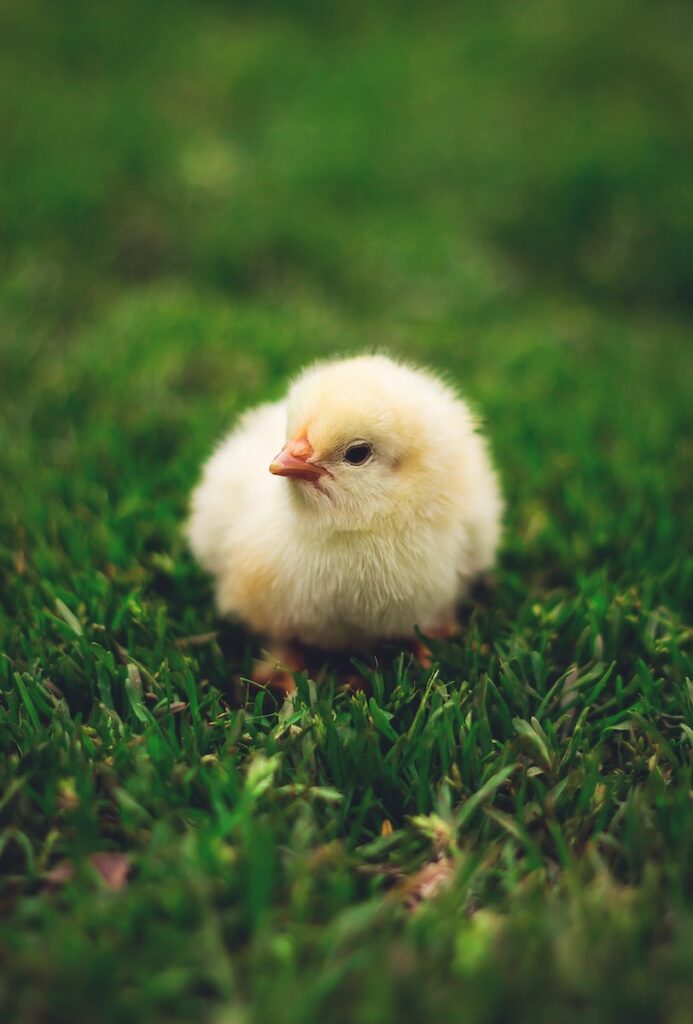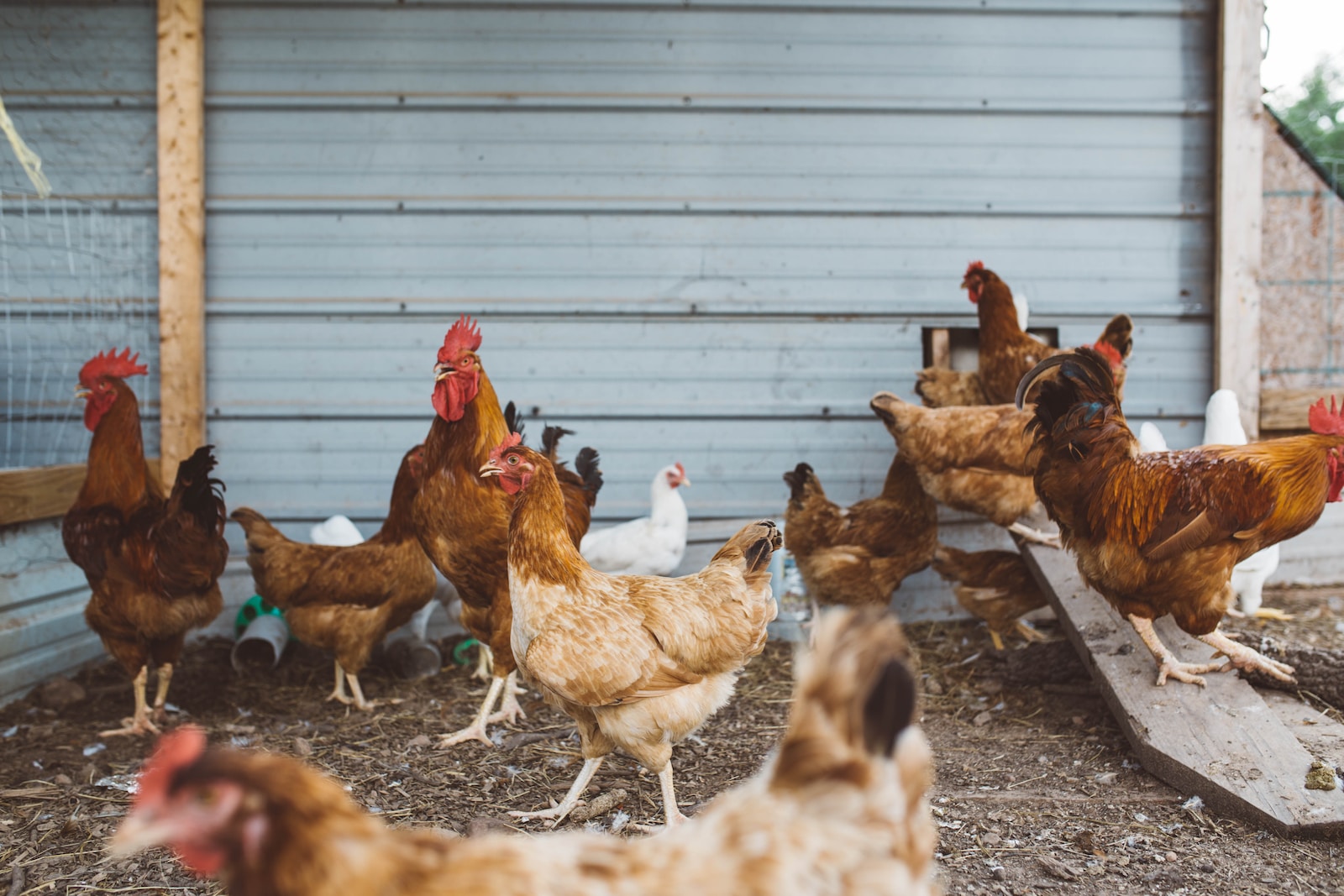If you love raising chickens and want to provide them with a comfortable living space, then this article is perfect for you. Building a chicken coop is fun and rewarding, but it’s also a great way to save money on purchasing eggs.
In this article, I’ll take you through choosing a suitable location for the coop, deciding on the size and design, and purchasing materials such as lumber, wire mesh, and roofing. These factors are all crucial in ensuring that your chicken coop is built properly and that your chickens are happy and healthy.
Building a chicken coop is essential for anyone wanting to raise chickens, as it provides a safe and comfortable living environment. It’s important to consider various factors, such as location, size, and materials, when building a chicken coop to ensure that it’s designed to meet the specific needs of your chickens.
With this guide, you can build a chicken coop that meets your unique needs and ensures your chickens are happy and healthy. Build a chicken coop today and reap the benefits of homemade eggs from happy chickens!

Choose a suitable location for the chicken coop.
Choosing a suitable location for your chicken coop can make a huge difference in the comfort and health of your feathered friends. It is important to consider various factors before picking a spot for your coop – lighting, temperature, drainage, and safety, to name a few. The location also affects the quality of your eggs and the convenience of daily operations.
Here is a step-by-step guide to help you choose the perfect place for your chicken coop:
Step 1: Find a flat, well-drained, and level area. Chickens require dry and comfortable surroundings, so ensure the area you select is dry and not prone to flooding.
Step 2: Ensure adequate sunlight. Light is vital for a healthy flock, and chickens need natural sunlight for their internal cycle of laying eggs. Ensure that the chicken coop gets enough direct sunlight, or you can supplement natural light with artificial light sources.
Step 3: Protection from the elements. Make sure to choose an area with protection from the elements, such as wind, rain, and snow. Exposure to extreme weather conditions can cause stress to your chickens, reducing their egg production.
Step 4: Safety precautions. Your chicken coop needs to be in an area safe from predators. Secure the coop and the surrounding area with fencing, netting, or barriers, such as a wall. Please keep it away from other animals or pets that might harm your chickens.
Step 5: Space Requirements. Take into consideration the number of chickens you want to keep. You need enough space for your birds to move around freely, and you may need additional space for nesting boxes, feeders, and waterers. Plan accordingly.
Choosing a suitable location for your chicken coop is crucial to raising happy and healthy chickens.

Decide on the size and design of the coop
Now that you have decided to build a chicken coop, it’s important to consider the size and design of the coop. The coop size will depend on the number of chickens you plan to house, and it’s important to ensure they have adequate space to live comfortably. The coop’s design is also significant because it will impact the chickens’ overall health, safety, and productivity.
Some key factors to consider when deciding on the size and design of the coop include space availability, budget, and local regulations. In addition, it’s important to consider the size and breed of your chickens. For instance, Bantam chickens require less space than larger chicken breeds like Sussex or Orpington.
An ideal chicken coop should provide sufficient area for your chickens to move around, stretch their wings, and access their feed and water. Additionally, the coop should be well-ventilated to minimize the risk of respiratory infections and provide a protected area for nesting. The floor should be designed for easy cleaning and elevated enough to prevent dampness and parasites.
Useful tips for the size of the coop:
1. A good rule of thumb is to provide at least 4 square feet of space per chicken.
2. aim for 5-7 square feet per bird for larger chicken breeds.
3. If you plan to let your chickens free-range during the day, you can give them less space in the coop.
Useful tips for the design of the coop:
1. Aim for a roof angle of at least 30 degrees to provide adequate drainage and prevent water buildup.
2. Depending on the location, add windows to provide natural light and warmth.
3. Use sturdy materials for the walls and roof to protect the chickens from predators such as foxes or raccoons.
Purchase materials such as lumber, wire mesh, and roofing

Purchasing the right materials is essential to any DIY project, especially when building structures like a shed or a gazebo. Lumber, wire mesh, and roofing are some of the most important materials you need to buy.
Here are some key factors, details, and useful information you must remember when purchasing these materials.
Lumber
When it comes to purchasing lumber, there are a few key factors that you need to consider. The types of wood, their quality, and their size can all significantly impact your project. Here are some important details to remember:
– Always check the grade of the lumber, as it can affect its structural integrity.
– Choose a type of wood appropriate for the climate in which the structure will be built.
– Measure the size and quantity of lumber needed carefully to avoid waste and to ensure that there will be enough to complete the project.
Wire Mesh
Wire mesh is an important material for many DIY projects, including constructing walls, fences, and even animal cages. When purchasing wire mesh, keep these key factors in mind:
– Choose a wire mesh that is appropriate for the task at hand, as many different varieties are available.
– Check the gauge of the wire, as heavier gauges are stronger and more durable.
– Make sure the wire mesh is the right size for the task.
Roofing
The roof is one of the most important parts of any structure, and choosing the right roofing materials is critical. Here are some key factors to keep in mind when purchasing roofing materials:
– Choose roofing materials that are appropriate for your area’s climate and weather conditions.
– Consider the slope and design of the roof when choosing the roofing materials.
– Take into account the cost and durability of different roofing options.
Purchasing materials such as lumber, wire mesh, and roofing requires careful consideration of key factors and details. Choosing the right materials will ensure that your DIY project is successful, durable, and safe.
Conclusion
In three steps, you can easily build a chicken coop: find a good spot, choose the right size and design, and buy the materials. This will give your chickens a safe and comfortable home and provide you with fresh eggs.
Building a coop is also a fun family activity that promotes self-sufficiency and sustainable living. Follow this guide to make a coop that fits your needs and budget and keeps your chickens happy and healthy.
Start today and enjoy having lively chickens in your backyard!

